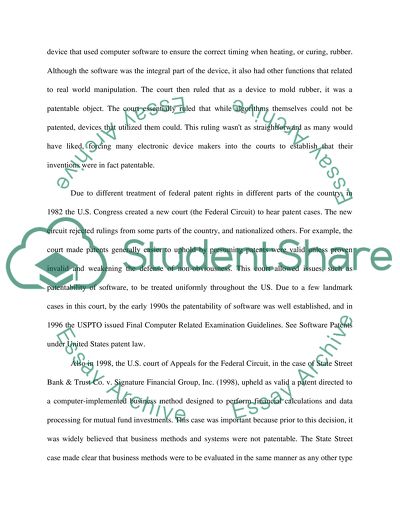Cite this document
(Industrial Property Rights Report Example | Topics and Well Written Essays - 1250 words, n.d.)
Industrial Property Rights Report Example | Topics and Well Written Essays - 1250 words. https://studentshare.org/law/1511996-industrial-property-rights
Industrial Property Rights Report Example | Topics and Well Written Essays - 1250 words. https://studentshare.org/law/1511996-industrial-property-rights
(Industrial Property Rights Report Example | Topics and Well Written Essays - 1250 Words)
Industrial Property Rights Report Example | Topics and Well Written Essays - 1250 Words. https://studentshare.org/law/1511996-industrial-property-rights.
Industrial Property Rights Report Example | Topics and Well Written Essays - 1250 Words. https://studentshare.org/law/1511996-industrial-property-rights.
“Industrial Property Rights Report Example | Topics and Well Written Essays - 1250 Words”. https://studentshare.org/law/1511996-industrial-property-rights.


